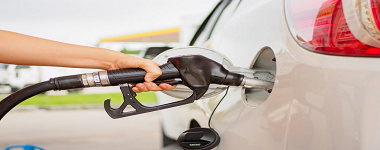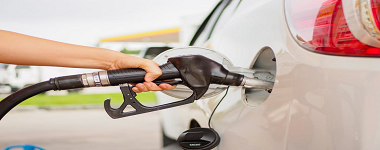from The Conversation
–This post authored by Giorgio Rizzoni, The Ohio State University
The United States has led the world in establishing standards and regulations governing vehicle fuel economy, tailpipe emissions and safety. Over the past 50 years, these policies have made the world cleaner and safer. Now the Trump administration is moving to freeze fuel economy and tailpipe emission standards for new cars, instead of carrying forward with the latest round of improvements mandated under President Obama.

At Ohio State University’s Center for Automotive Research, we work with manufacturers and U.S. government agencies to reduce vehicles’ environmental impact and enhance their safety, intelligence and autonomy. This industry is undergoing epochal changes as it works to evolve into a connected, shared and automated mobility enterprise, to address growing congestion in an increasingly urbanized world, and to improve safety and fuel economy.
This revolution is the greatest disruption in this industry since the automobile was introduced at the turn of the 19th century. In my view, which is shared by major automobile manufacturers, the Trump administration’s position is at odds with significant investments and progress that the industry has achieved over the past half-century.

Cars line up at a Washington, D.C., service station, Dec. 1, 1973, during an export embargo by oil producing countries. The embargo caused gasoline shortages and spurred action to improve the fuel economy of U.S.-built cars.AP Photo/Harvey Georges
What makes drivers safer?
The Trump administration’s proposal repeats a long-standing argument that tightening fuel economy requirements will make vehicles less safe because manufacturers will comply by making vehicles lighter. In fact, the U.S. auto industry has widely employed alternative materials, such as high-strength steel, aluminum, magnesium, plastics and composites, to help improve fuel economy for many years, along with many other technologies related to engine, transmission and hybrid-electric powertrain technology.
Even though the average size of vehicles in the U.S. fleet has increased, average vehicle weight has remained constant for the past 15 years, while fuel economy has improved considerably. And automakers still have to comply with crash worthiness ratings set by the National Highway Traffic Safety Administration. There really is little or no correlation between vehicle safety and fuel economy. As recent crash test results show, fuel-efficient cars can achieve excellent safety ratings.









Leave A Comment